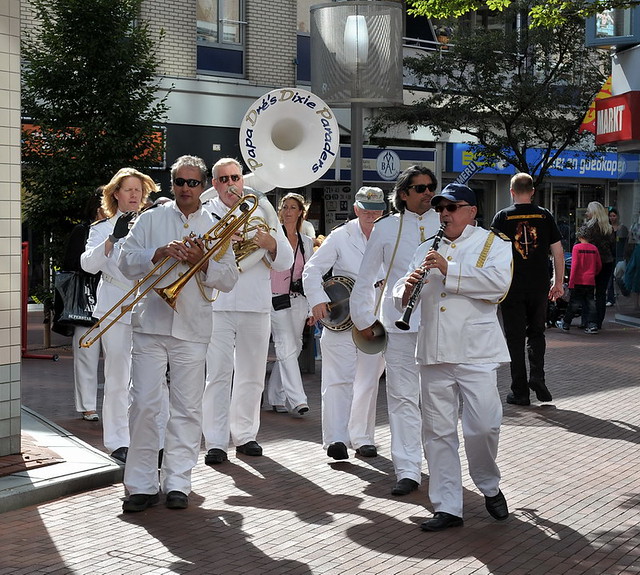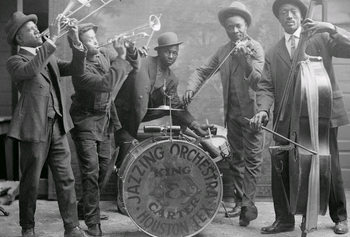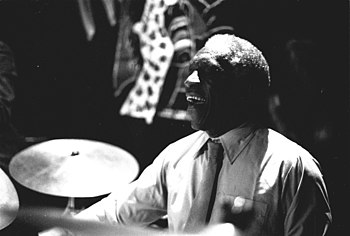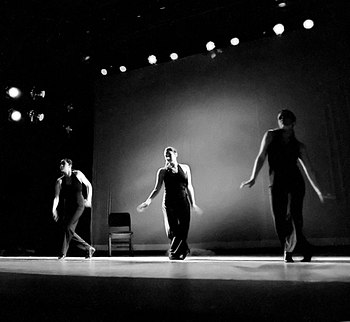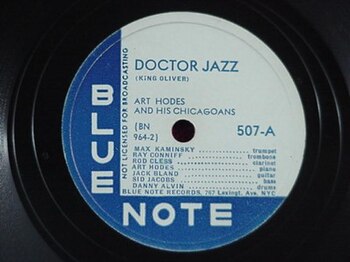 |
Art Hodes Docot Jazz - Blue Note records
(Photo credit: Wikipedia)
|
Right now there is a resurgence in interest for vinyl records. Amidst all of the genres that you can look at, jazz is a premier one. Collectors in this genre aren't just willing to buy new recordings, they are willing to shell out a lot of money for a good condition vintage record. Not just from the mainstays in the genre, but also rarities, singles, and a lot more. If it's in good condition, chances are that a collector will want to spend upwards of thousands of dollars to get their hands on it. If you're one of the many fans of this musical genre, or perhaps you want to buy records for fun and profit, then you need to adhere to these 3 tips.
Know The Value of The Record
First and foremost, you should know the inherent value of a recording. You can go to a variety of locations to do this, but chances are you will not find accurate data. The best way to gauge public interest and sales price for you to move forward will be to search auctions. When you search auctions, look for the ended listings, and see what the top price paid for each item you want to buy, or sell. Keep tabs on the shifts in price, and see what a premium, mint condition album was sold for. Once you know that, you will be able to determine whether or not it's worth picking up or it's best to focus on another option.
 |
| Dixieland Jubilee Records 78rpm disc label (Photo credit: Wikipedia) |
Look For Grading Protocol
Every piece of vinyl from the jazz age will have a grading if sold. These range from Near Mint (NM) to Good (G) and beyond. These are important. You need to know how conservative a seller is in regards to this. Sometimes, when you're purchasing items online or in stores, you will find that they list things based on their perceptions, and therefore, you may be buying wax that has fine lines, scratches, scuffs, and a lot more. Grading protocol shifts depending on a variety of different factors, so make sure that you take time to really understand this for the albums you want to buy.
Look At Thrift Stores
In recent years, the amount of records that have landed into thrift stores has grown exponentially. If you're serious about finding some long lost and loved treasures, this is where to look. Thrift stores are notorious for not organizing, caring for, or pricing records. The clerks just don't know a lot about what they have on their hands, so you could turn a one-dollar investment into a thousand dollar one, if you know what jazz artist you're looking for and the records they've put out.
These tips are meant to help you get some used recordings for cheap. Of course, you could always go to a flea market, used music store, or just about anywhere media is sold. Chances are you can find great things for a discounted rate, if you just keep searching.
Article Source: EzineArticles |

